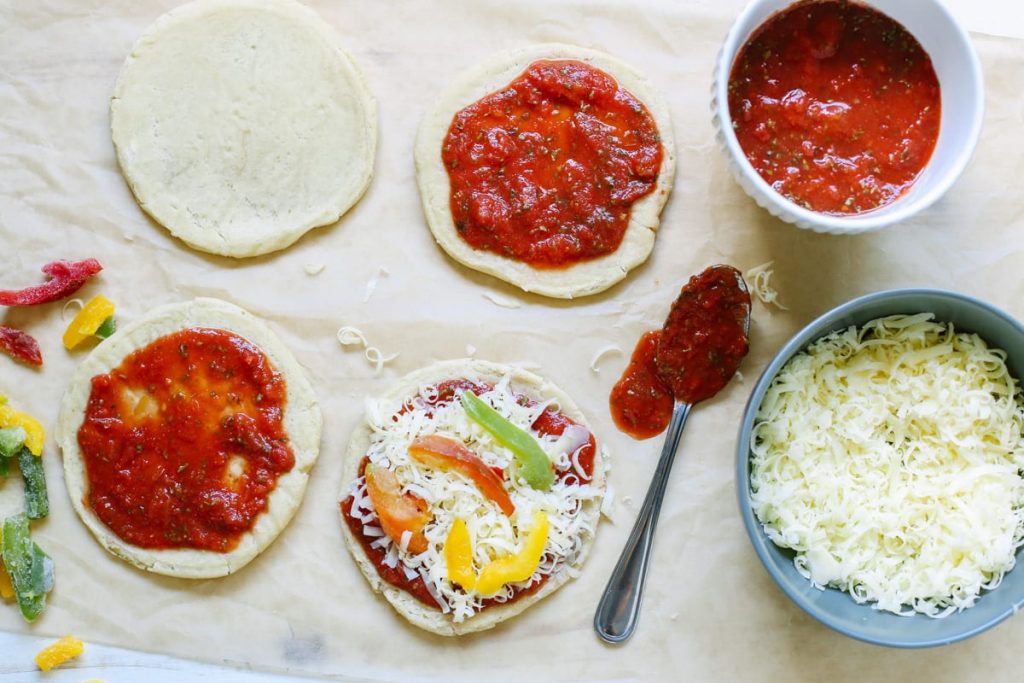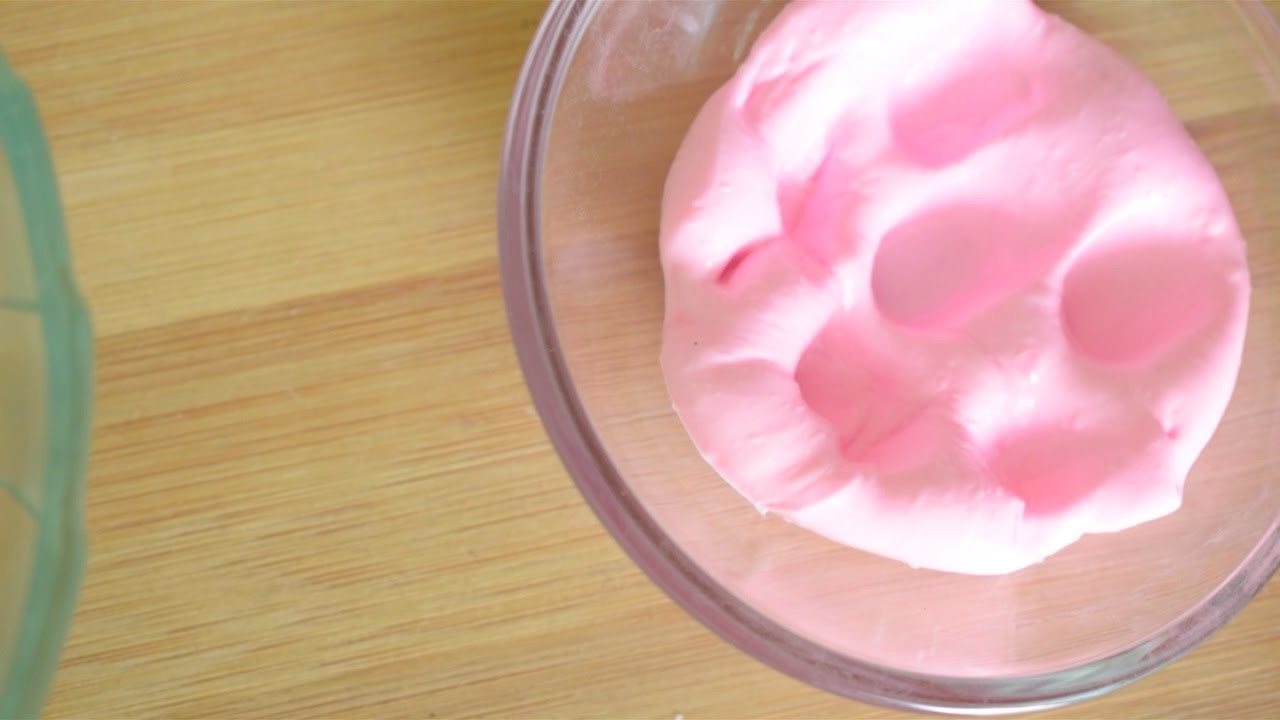Table of Content
Use an image with few colors and clear lines so that you can determine how your printer places ink on your fabric before moving on to more complicated patterns and images. Most craft or fabric stores will have a variety of designer fabrics to choose from for whatever project you have in mind. However, it can be cheaper and infinitely more fun to create your own. Designing and printing your own fabric gives you the freedom to express yourself with different textile projects, such as quilting projects, homemade clothing, or any other textile creation. Unlike screen printing, all you'll need is either a stamp for block printing or an inkjet printer for a digital alternative.

I see a lot of collaborations in this capacity are shown as inherently charitable. I really appreciate what they are doing and want to see how I can connect some dots between the customers I have here and the beautiful work they are doing there in Guatemala. I want to build a system of solidarity between my customers, my passion for textiles, and Trama Textiles. Read your printer's instruction booklet to find out the best settings for printing on surfaces such as fabric. Printable fabric is expensive, so as a cheap, but equally successful alternative, spray plain fabric with a solution of 3 parts water to 1 part polyvinyl alcohol and allow to dry. You can experiment with fabric weaves, fiber contents, and colors.
Step 2: Test Your Paint
“In order to create a sense of contrast, do not be afraid to mix patterns or play with colours and scale. I would suggest textiles have a unifying element to keep the interior scheme coherent. Contrasting textures, colours and surfaces adds interest in a visual and tactile sense,” advises Souad Larusi.

Knowing a little more about the story behind a piece will make it much more valuable to you,” concurs Eleanor Pritchard. “We are at a time when we should rethink the idea of trends that drive a constant need for change and instead see that textiles can be flexible pieces in our home. We can reinvent and reinterpret them, using an item in different rooms. Latest ArticlesRead our latest articles for ideas on making our newest patterns your way.Search ArticlesFind a specific article, pattern hack, or technique; or, just browse through all the categories. Furs and leathers do not need to be spun or woven, as we use these materials in their original state.
Make Your Own Textiles
I think you’re probably already familiar with this one. Rit has a great tutorial on their website if you want to check it out. Normally you can’t use a blended fabric with even a little synthetic in it because the dye won’t soak in. For example, you’re going to need a much heavier weight fabric for upholstery than you will for a flowy scarf or skirt. Contrasting textile elements serve to elevate a space, add depth and provide tactile cues for seating and relaxing areas of a room.

He would then return to office for administrative work like purchase of raw material, sale of finished goods, transportation etc. In the course of the day he will visit the mill floor 8-9 times. He invested deeply in improving working condition like installing fans for the labor etc. On way to home , he dropped in at cloth stores—spending time with salesmen – asking them about what cloth was selling more, what were good and bad points of any product etc. If any salesman asked him who he was – he would reply “I am your humble ‘julahaa’ – the cloth weaver” recounts Shobha Deepak Singh.
My Modern House: inspired by its dramatic setting, two architects design an urban “cabin in the woods” in East Berlin
However, do not add more than five tablespoons if the color is deep. The fabric paint prepared with household items will not offer much complexity or depth to the mixture. As a team of designers and decorators, we are all into painting fabrics. And each week, we go through tons of fabric paint tubes.

By 1953 the majority of the 20th Century’s basic manufactured fibres had been discovered. "At such a price point, PET pollution can be affordably recycled into new PET products or find a new purpose in wind turbine blades or carbon fiber bumpers." It was another advance from an already prolific research team and one step closer to realizing PET recycling at scale. Fortunately, the team did not need a shovel to dig for new enzyme varieties. Advances in bioinformatics and machine learning had already made it possible to prospect vast databases of existing enzyme sequences for varieties active on crystalline PET. What the scientists needed were enzymes more adept at breaking down crystalline PET.
How to Make Fabric Paint at Home: Step-by-Step Guide
Press any excess vinegar-water out of your fabric with tongs or a colander before adding it to the dye. Choose the color you want to achieve from the list below, and always prepare more dye than you think you’ll need, as hours simmering on the stove will reduce its volume. Your finished dye should fill a large cooking pot at least halfway. I would love for you to PIN this fabric-covered pumpkin project. The blue fabric had some darker spots from the glue.

On the basis of distribution channel, the home textiles market is fragmented into offline and online. The online segment covered a substantial revenue share in the home textiles market in 2021. This is attributable to the growing internet penetration and the growth of the e-commerce sector.
There was in-depth discussion between industry experts during the sessions on ‘Textile Recycling - Perspectives and Challenges’ and ‘FTAs - A key driving force for future investments’. Gautam Nair, Managing Director of Matrix Clothing, said that India’s signing of the Free Trade Agreements with the United Kingdom and the European Union will provide support to Indian exporters. PLI scheme will also provide necessary support to the industry for capacity building. Jardosh was speaking at the 14th Edition of Texcon, jointly organised by the Confederation of Indian Industry and the Ministry of Textiles in New Delhi on Friday.
Unfortunately, those are also total opposite aesthetic-wise, so for a very long time I hated everything I made. The good thing is, it didn’t stop me from continuing to make new patterns…until years later when I designed something I loved so much I knew I had hit it. When I started my business I was making designs and selling them, but I never felt good about the art I made. I knew I wasn’t making my best work, and I felt like I hadn’t really found my design style yet. And last, but certainly not least, we have block printing. In this method, you’ll use a mesh screen and a squeegee to squeeze thin layers of ink onto your fabric.
This method involves using rolls or sheets of a heat transfer material . This material is then cut to the shape of your graphic. You probably know someone who has a hobby version of one of these machines they purchased from a craft store. This is a popular method for creating T-shirts and easy to use.

I used the fabric on the right to make my now-11-year-old granddaughter a dress when she was three. After dropping both the shaving cream and glue inside the container, mix the whole thing up. If you are using a jar with a lid, close the lid and give it a good shake. However, if it does not have any cover, use a spoon or stick. When it comes to the container, we recommend using something that has a lid, or else the mixing process will not be that effective. However, you can make do with a jar that does not have a sealing lid.
Remarkably Easy Ways to Create a Dust-Free Home
Let’s look at how to make DIY fabric-covered pumpkins. One is acrylic paint, and the other is the medium of your choice. Also, you will need a container to prepare the whole mixture. Well, it will ensure that the light-colored fabrics are not ruined. However, if you are working with dark-toned fabric, we would recommend opting for opaque gloss or matte gloss medium.
After a couple of washes your dyed fabric can be washed with other clothes. Based on product, the home textile market is segmented into bedroom linen, bathroom linen, carpets & floor coverings and others. In 2021, the bedroom linen segment dominated the home textile market with the maximum revenue share. Consumers are largely demanding bedsheets and other such products having digital printing. The home textile market is witnessing a major shift in preference due to rising innovations in 3D cotton textiles.

No comments:
Post a Comment